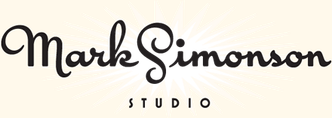Mark’s Notebook - Page 31
The Back to the Future series is a long-time favorite of mine. And they did a good job with their period-specific props—lots of hand-painted signs in the parts set in the 1950s and 1880s, just as there would be. Nary a font in sight where fonts should not be. Or so I thought.
Yves Peters (of Unzipped and elsewhere) was recently watching the third installment in the series on TV when he spotted this and alerted me:
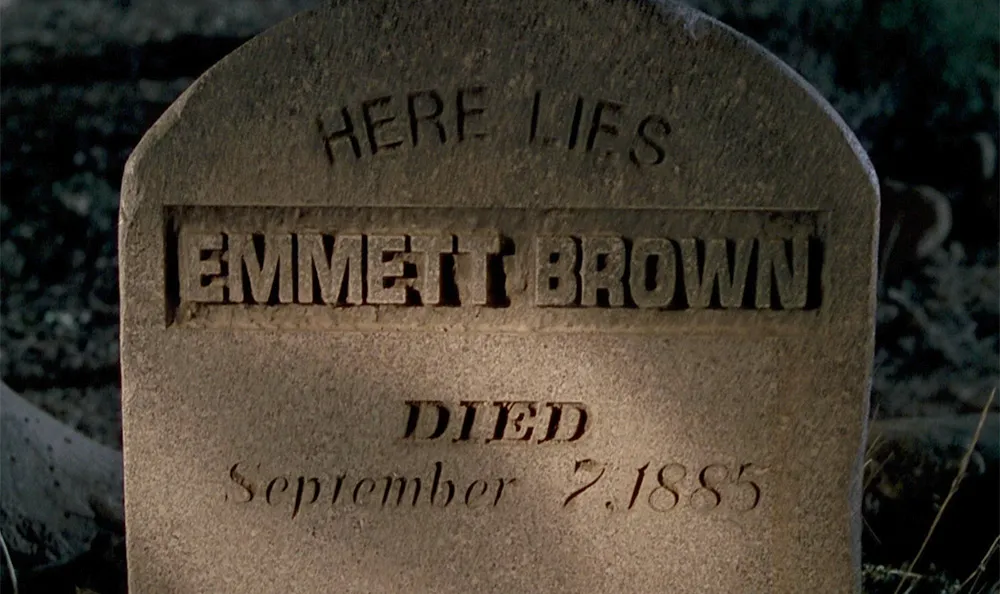
Great Scott!, indeed. It goes by pretty fast and I had to adjust the brightness to see it clearly, but there it is. How did Helvetica (1957, top) and Eurostile (1962, middle) end up on a tombstone in the year 1885? I guess we’ll have to wait for a fourth Back to the Future movie to find out.
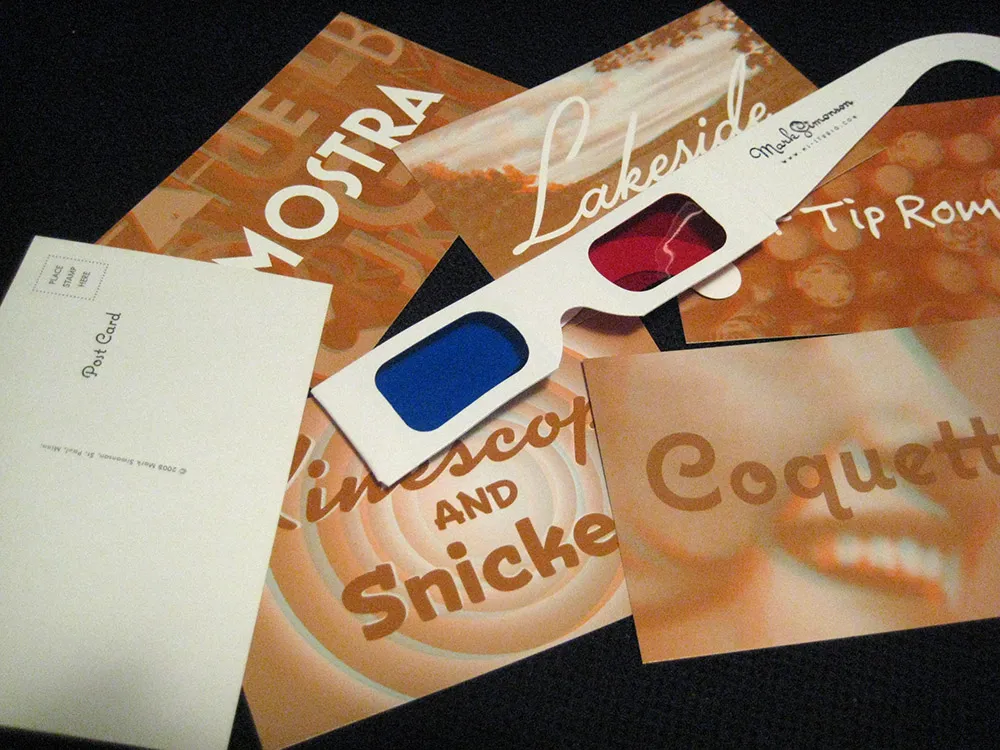
I’ve finally had a chance to settle down after this year’s TypeCon, which was one of the best I’ve attended. As promised, here is the set of 3D postcards I contributed to the goodie bag for those who were not able to attend:
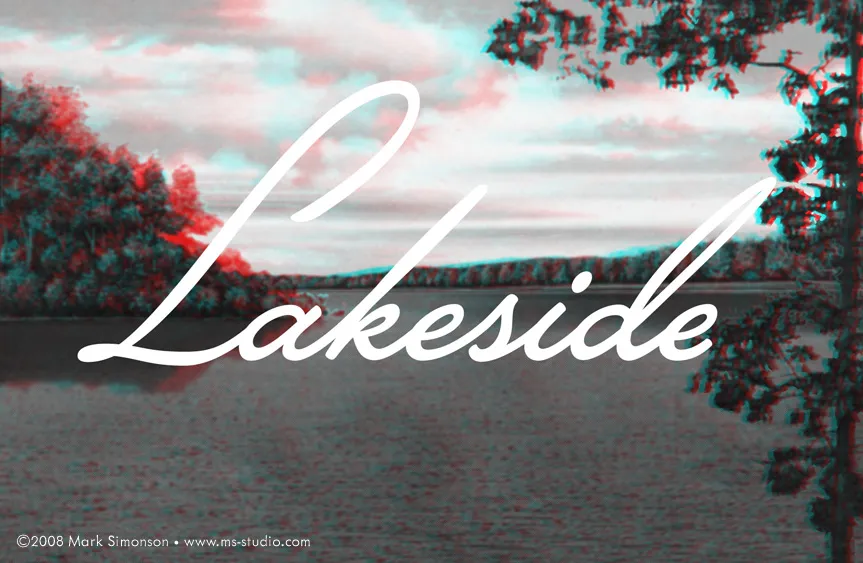
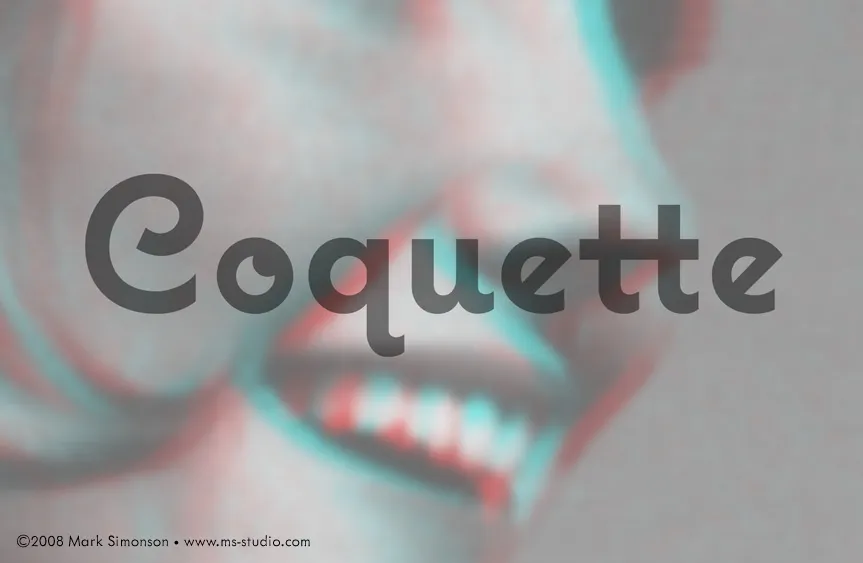
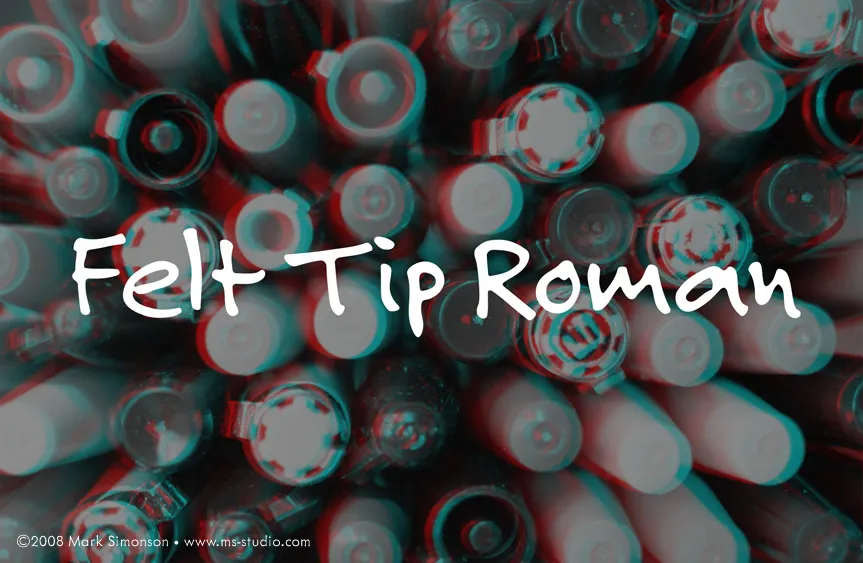
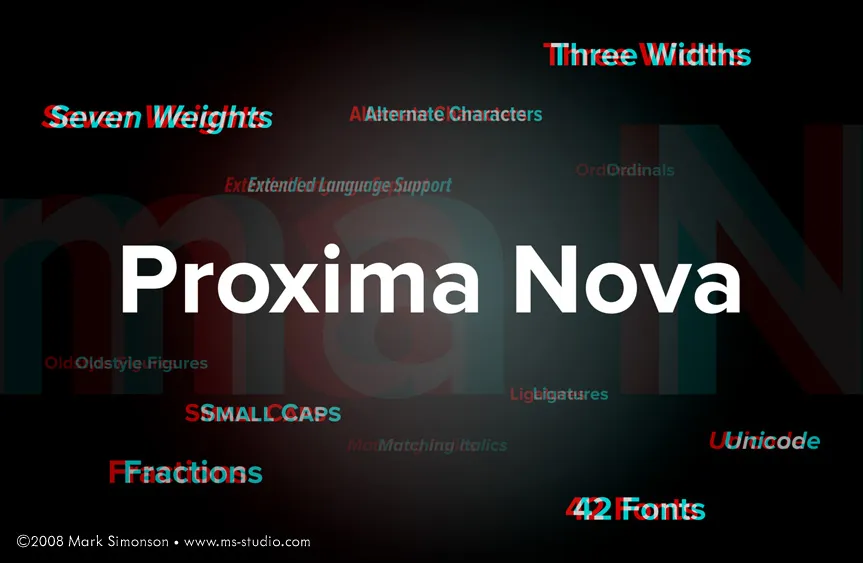
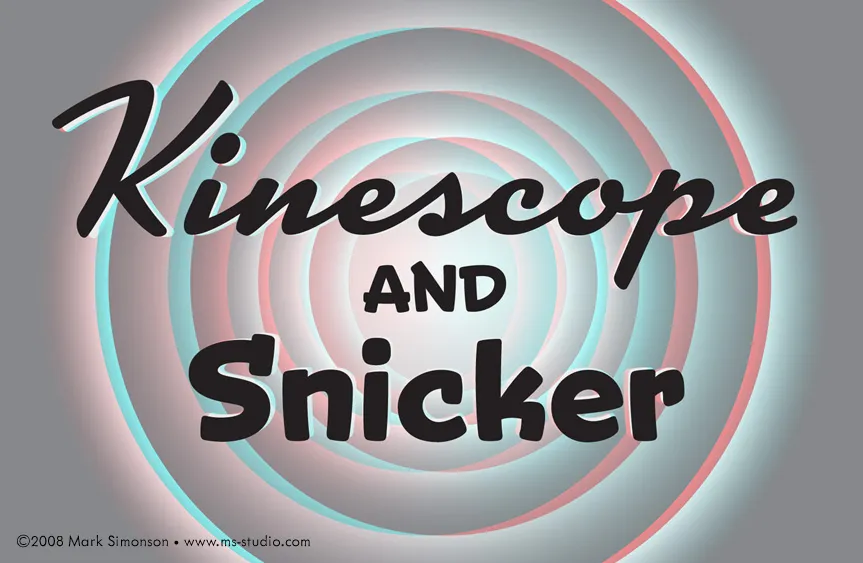
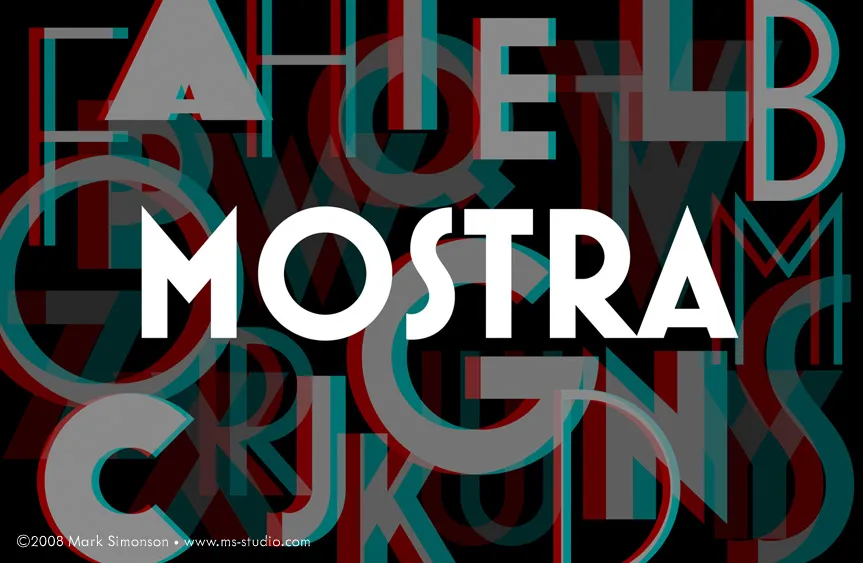
Of course, you will need a pair of anaglyphic glasses with red and blue filters to experience the illusion of depth.
In fact, these RGB images work even better than the printed postcards for the 3D effect, probably because the colors are made with pure light. On the other hand, they are not as easy to mail.
I’m en route this weekend to TypeCon 2008 which is being held in Buffalo, New York, home of Buffalo Wings, Ani DiFranco and P22 (the type foundry). The workshops start on Tuesday and the main program kicks off on Thursday evening.
I’m a 24 Point sponsor this year which, among other things, lets me add something to the goodie bag that each of the attendees receives. Since this year marks my fifth anniversary of attending TypeCon, I decided to make it something special to mark the occasion.
In the middle of 2002, I was just barely in the font business, selling a few fonts a month on MyFonts.com, which had just started up about a year before. I did a graphic on my website to promote one of my fonts, Refrigerator. It was an “anaglyphic” image, meaning that if you viewed it with a set of those goofy glasses with the red and blue filters like they used for 3D movies in the ’Fifties, the image would appear to have depth. Here is the image:

I don’t know whether it got anyone to buy a font, but not long after I posted it, I got an email from a guy named Stuart Sandler wanting to know how I did it. I sent him a full explanation of the process (which I posted here later in How to Make 3D Anaglyphs). He thanked me and, by the way, would I be interested in getting involved with TypeCon 2003, which was to be held in Minneapolis?
Stuart was (and is) the proprietor of the Font Diner, at the time operating out of Fridley, Minnesota, and was also on the board of SOTA, the organization responsible for TypeCon. My type design activities at the time were limited. I worked alone and didn’t really know anyone in the business. Getting involved with TypeCon 2003 opened a whole new world to me. I met type designers and developers from all over the world and for the first time had an inkling that I might actually be able to this for a living.
And now, five years after my first TypeCon, I’m a full-time type designer. And I can trace it all back to that 3D picture of a refrigerator. So, to commemorate the occasion, I have produced a set of six 3D postcards (glasses included) for each of the attendees of TypeCon this year.
Before the end of TypeCon, I will post the images on my site so everyone else can enjoy them. (You’ll have to provide your own glasses, though.)
UK reader Aled Williams sent me this photo of a beautiful hand-painted sign on a hardware store in Bristol. Just lovely.

Update (7/12/08): More photos from the same neighborhood by Jon Tan on Flickr.
A couple of weekends ago, I attended the “Back to the Fifties” car show in St. Paul. This was the first time for me, despite the fact that we live within walking distance of the Minnesota State Fair Grounds, where the show takes place every year. Since the cars are always cruising around our neighborhood when the event is held, we never felt a pressing need to pay the admission fee. But this year, I decided to get a closer look.
I was glad I brought my camera. I realized what a great opportunity it was to snap photos of car nameplates—the stylized chrome lettering that adorns automobiles. The Fifties was an especially inventive period for “brightwork,” as it is called. For practical reasons, script styles were most often used—it meant that the nameplate could be molded in a single piece of metal. It was a treasure trove.
Here are some gems that I found:
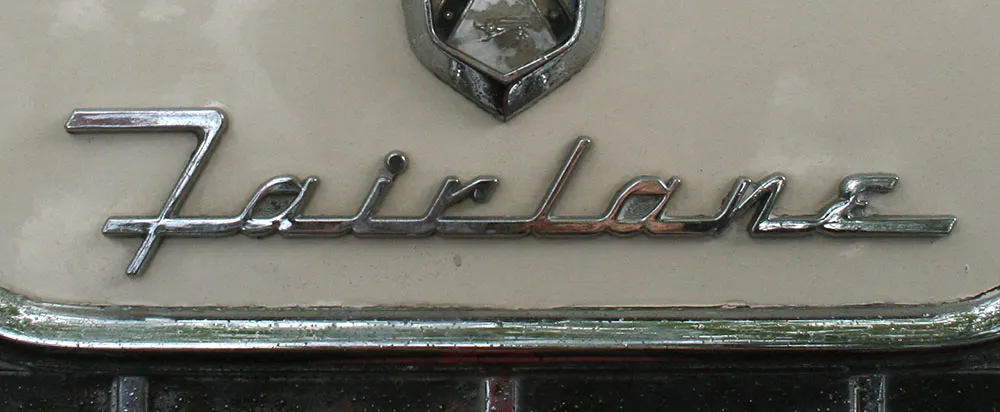


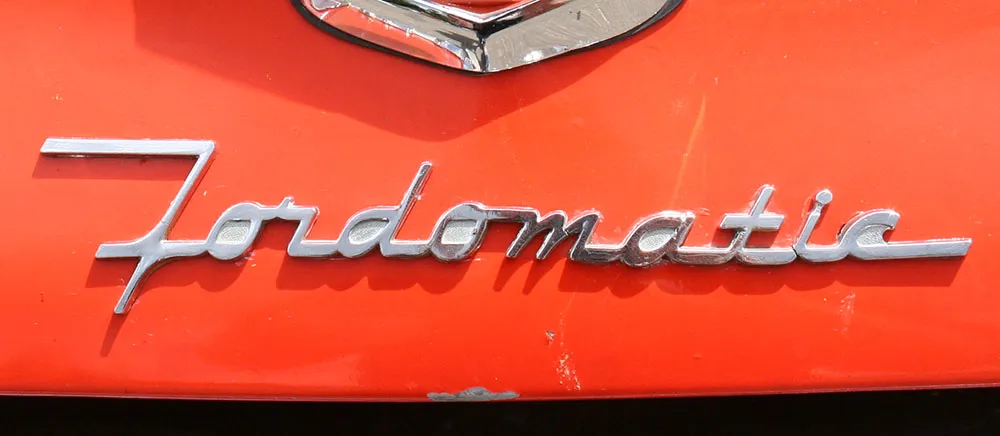
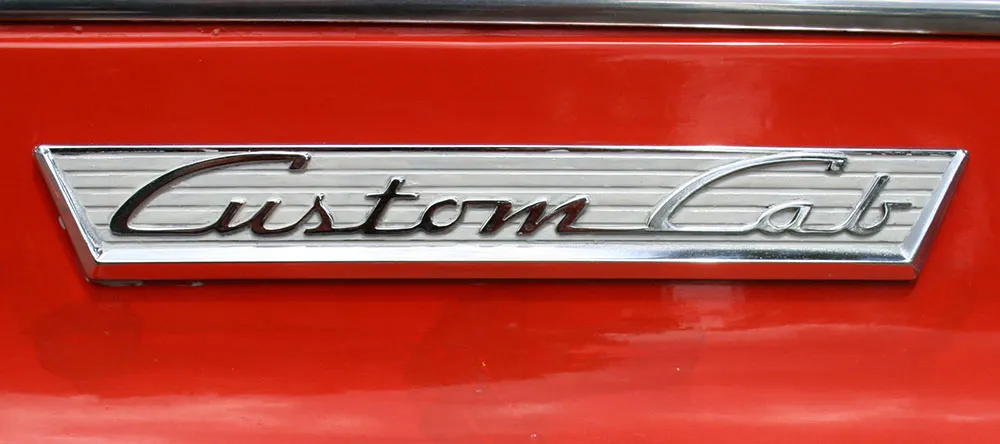

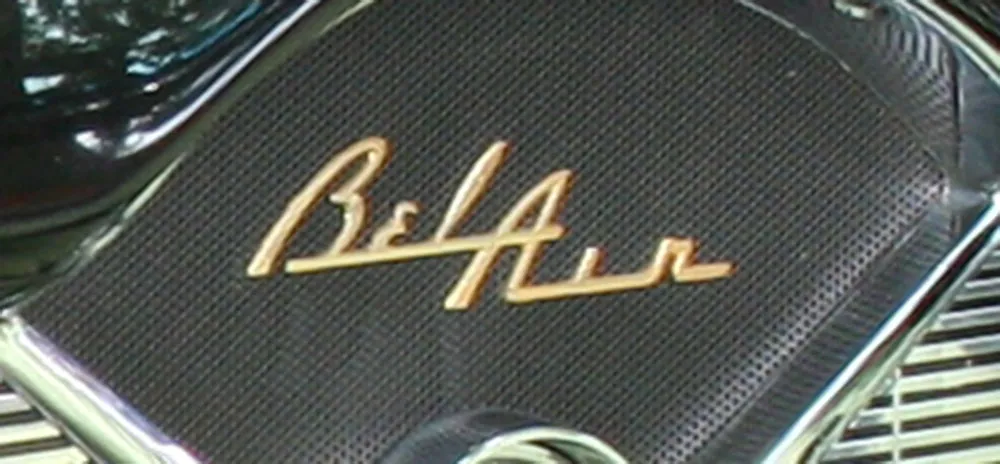

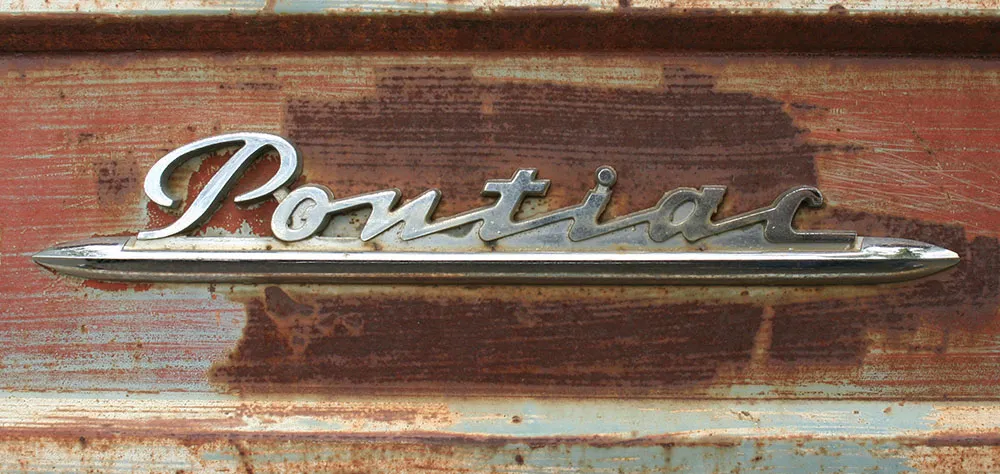
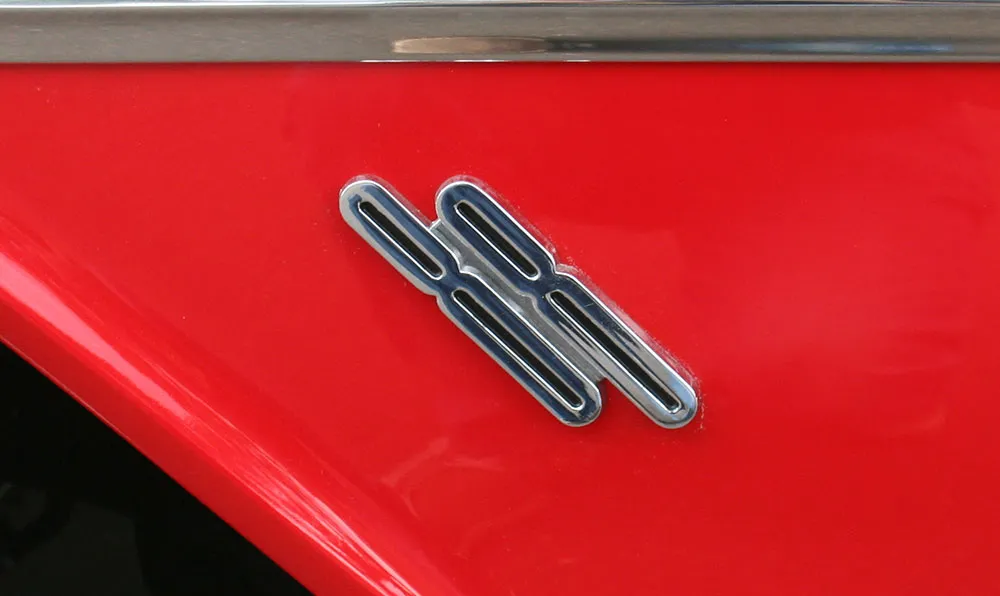
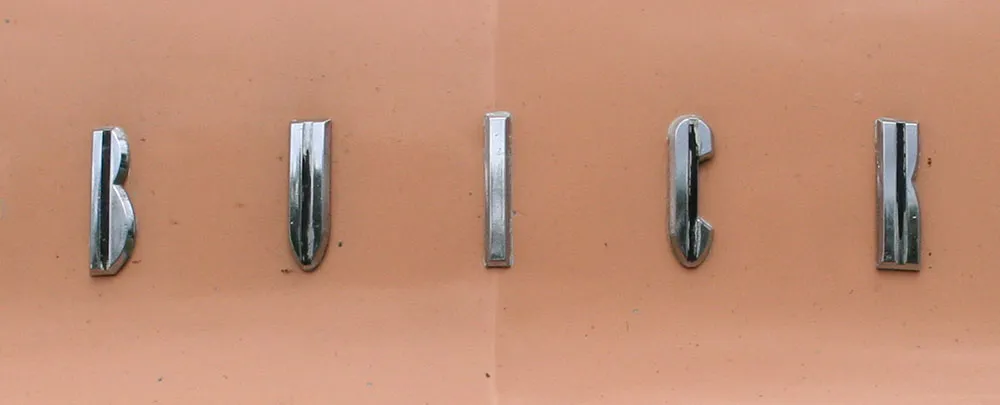
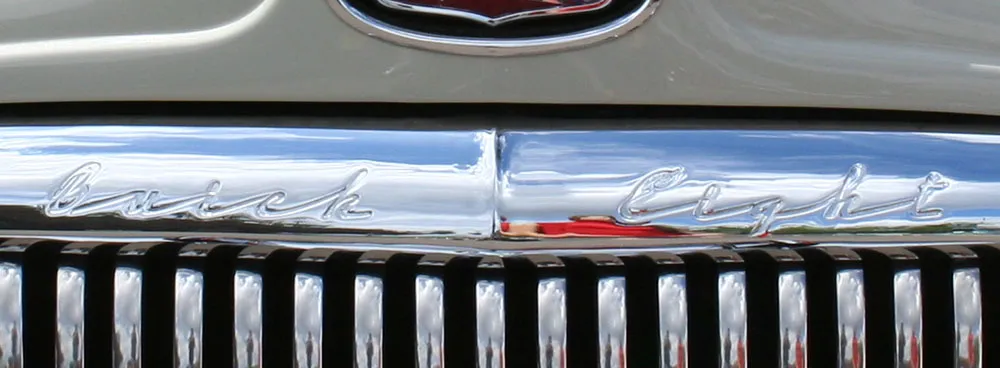

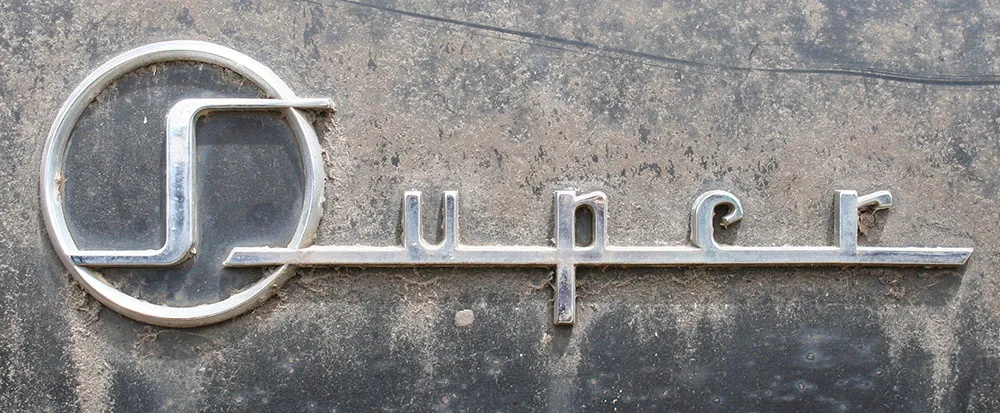

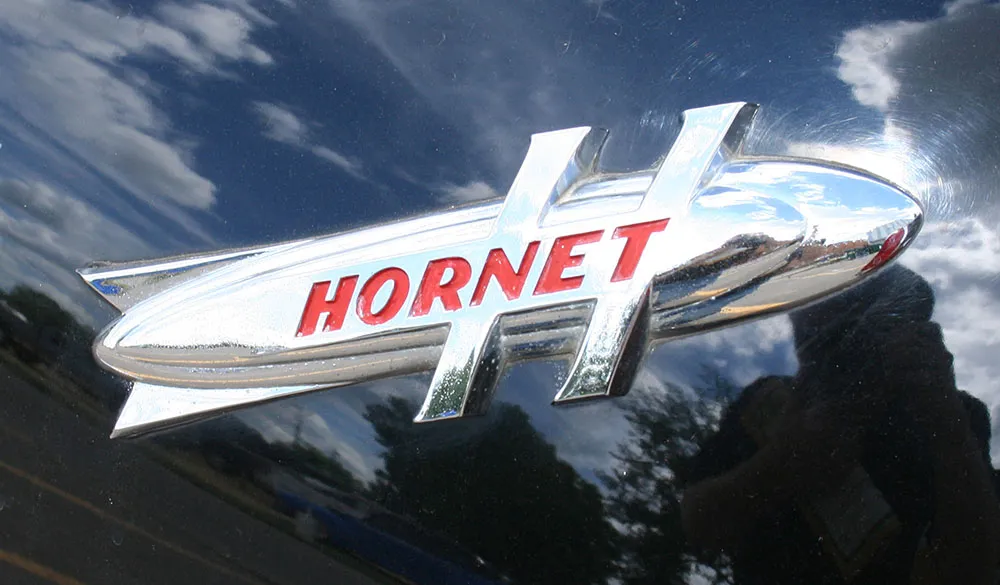
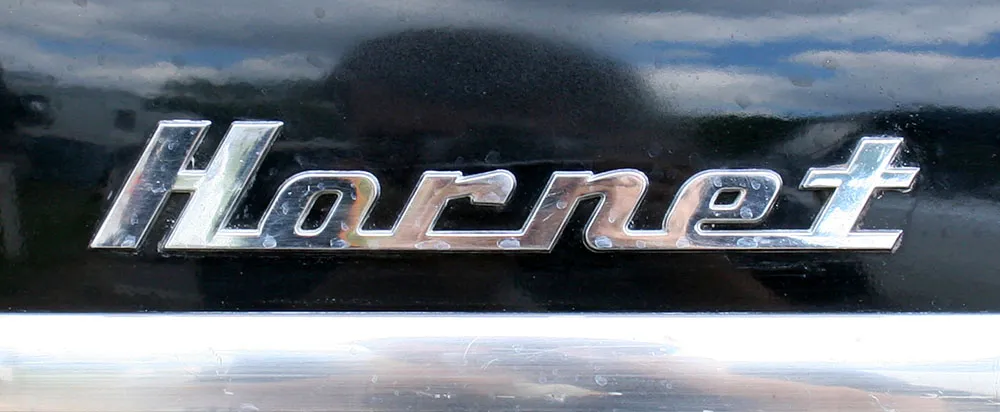


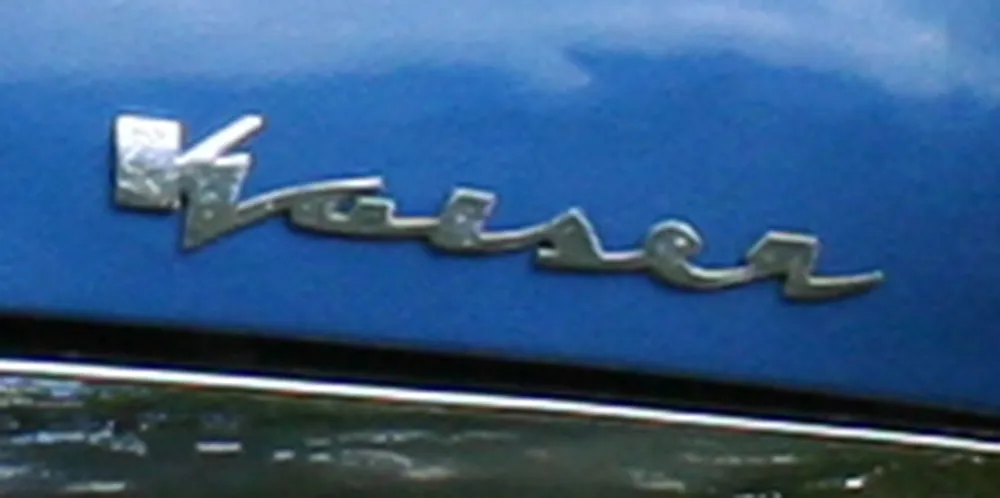
July 9 Update: I just posted these photos (and a few more) on Flickr where you can see them a bit larger.
In Indiana Jones and the Last Crusade, there is a funny scene in which Indy’s father breaks a vase over Indy’s head. As soon as he does it, he looks horrified—not because he’s mistakenly attacked his own son, but because he notices that it was a priceless Ming vase. Upon closer examination, he is relieved to discover the vase is a fake.
Now that the fourth (and last?) Indiana Jones movie is out, I made a similar examination of the use of type in the series, but I was not quite as relieved. For the most part, the type usage in each of the movies is correct for the period depicted. With one exception: The maps used in the travel montages.
Whenever Indy is traveling great distances, which happens in all the films, there is a montage of the airplane or boat superimposed over an animated map showing the route. It’s an old-fashioned convention, an homage to the movies of the Thirties and Forties. Unfortunately, the typefaces would be more at home a few decades later.
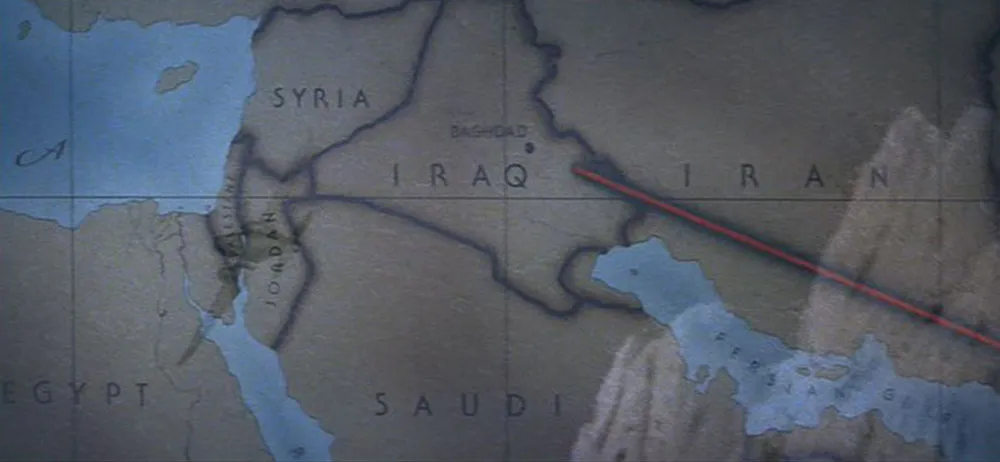
In Raiders of the Lost Ark (1981) which is set in 1936, we see ITC Serif Gothic (designed in 1972). The wide spacing feels right, and it does have an art deco feel, but it’s 1970s art deco.
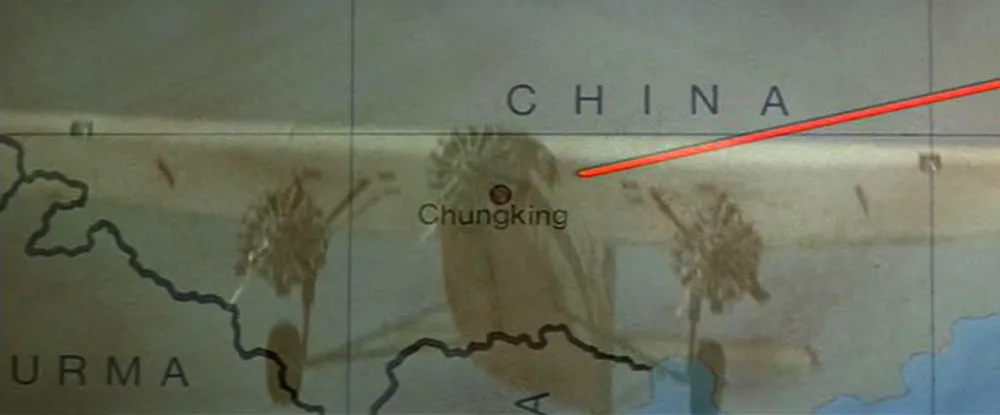
Indiana Jones and the Temple of Doom (1984) strays even further in the anachronistic type department by using Helvetica (1957), which looks even less plausible than Serif Gothic.

The third installment, Indiana Jones and the Last Crusade (1989), goes back to the formula used in the first film in many ways, including the use of ITC Serif Gothic again on the map. Not appropriate for a film set in 1938, either.
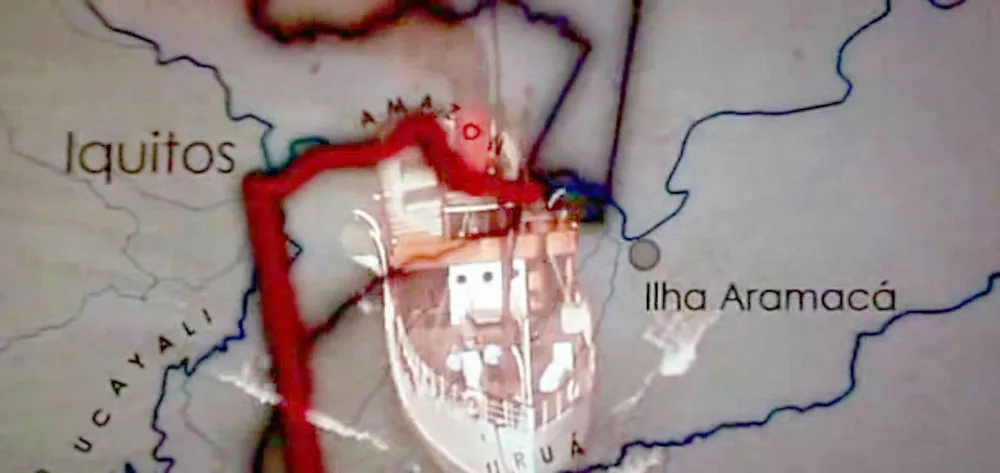
Did they finally get it right in the fourth film, Indiana Jones and the Kingdom of the Crystal Skull (2008)? Not quite. They didn’t use Serif Gothic this time, or even Helvetica (which would just have been released in 1957, the year in which the film is set). Instead, they used Century Gothic, a font that didn’t exist until 1989. This wouldn’t necessarily be a problem since Century Gothic’s caps are very similar to Futura, which would be perfectly appropriate for 1957. Unfortunately, Century Gothic is also a clone of Avant Garde (1970), a typeface with very large lowercase letters, a quintessentially Seventies characteristic. (More about Century Gothic here.) So, not the best choice.
